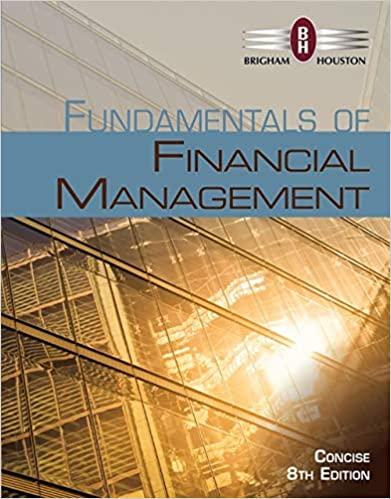What effective annual rate does each bank pay? If you deposit $5,000 in each bank today, how
Question:
What effective annual rate does each bank pay? If you deposit $5,000 in each bank today, how much will you have in each bank at the end of 1 year? 2 years? 2. If all of the banks are insured by the government (the FDIC) and thus are equally risky, will they be equally able to attract funds? If not (and the TVM is the only consideration), what nominal rate will cause all of the banks to provide the same effective annual rate as Bank A? 3. Suppose you don’t have the $5,000 but need it at the end of 1 year. You plan to make a series of deposits—annually for A, semiannually for B, quarterly for C, monthly for D, and daily for E—with payments beginning today. How large must the payments be to each bank? 4. Even if the five banks provided the same effective annual rate, would a rational investor be indifferent between the banks? Explain.
l. Suppose you borrow $15,000. The loan’s annual interest rate is 8%, and it requires four equal end-of-year payments. Set up an amortization schedule that shows the annual payments, interest payments, principal repayments, and beginning and ending loan balances.
Chapter 5 Time Value of Money 179 Copyright 2013 Cengage Learning. All Rights Reserved. May not be copied, scanned, or duplicated, in whole or in part. Due to electronic rights, some third party content may be suppressed from the eBook and/or eChapter(s).
Editorial review has deemed that any suppressed content does not materially affect the overall learning experience. Cengage Learning reserves the right to remove additional content at any time if subsequent rights restrictions require it AppendixLO1
Step by Step Answer:

Fundamentals Of Financial Management Concise Edition
ISBN: 9781285065137
8th Edition
Authors: Eugene F. Brigham, Joel F. Houston





